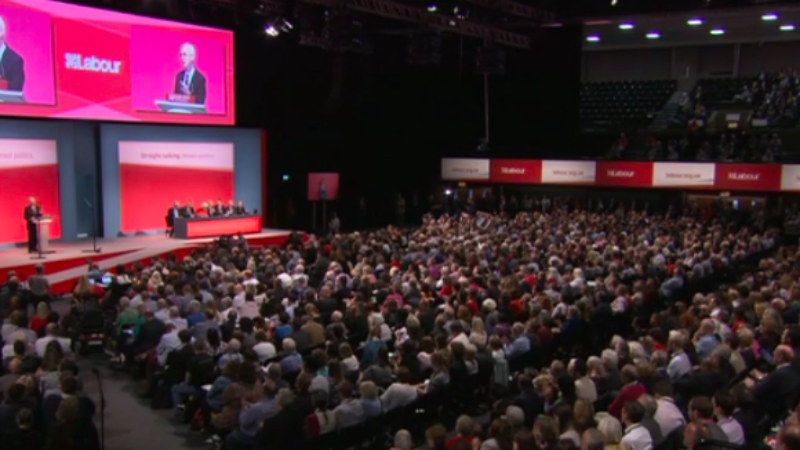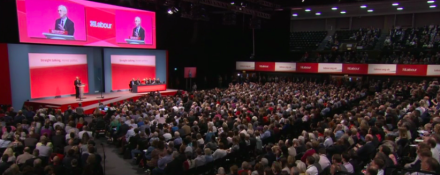

I recall in the weeks and months that followed defeat in 2010, Harriet Harman, the Labour party’s interim leader, rallied the troops with news of 60,000 new members.
In 2015, as the party again set out to elect a new leader, the membership numbers increased once more. Though this time the number of members more than doubled. The new recruits – a third of them returning from a period in exile – took individual party membership to more than 500,000.
The new membership is broadly similar to the party members they joined, professor Tim Bale showed in the Huffington Post last year. The average age remained almost exactly the same at 51 – a finding at odds with the received wisdom that the “Corbyn surge” is made up of young people. Other demographic characteristics – levels of education, socio-economic status, geographic spread and so on – reveal no great changes in the look and feel of the party’s membership.
But two things are significant from data that is publicly available on the post-general election Labour membership. Firstly it is undoubtedly the case that the new and returning post GE 2015 members delivered Jeremy Corbyn two resounding leadership victories.
Secondly, that within the new membership, they want “more of a say” over the party’s policy and expect “more respect” from the party leadership than hitherto had been the case. We can infer from this that what these members – nearly a fifth of who had voted Green at the 2015 election – want is leadership that is first and foremost shared in its commitment to the causes that they believe in.
The primacy of personal involvement in “policy” and “decision making” helps shifts the party from representative democracy, such as electing leaders, giving consent for them to lead on our behalf, building an electoral coalition and making compromises, to direct democracy, in the form of wanting a say over all significant decisions so the party aligns with their passions, without account for the stance of the electorate.
The Labour party’s current poll ratings place it somewhere in the late 20s and early 30s. We will know on June 9 what the share of the vote means for seats won and lost. But, as Lewis Baston points out, the Labour Party’s near collapse in the 1931 general election delivered a vote share of 30 per cent which translated to 46 parliamentary seats. There’s a deceptive veneer that comes with percentage share of the vote in our first-past-the-post parliamentary system.
Labour’s performance has, for many within our party, become detached from our primary purpose. Winning parliamentary seats is of secondary concern to many now at home in the Labour party; who see their causes as taking priority ahead of those of the electorate. But the electorate is never wrong when deciding who wins elections. Parties serve the electorate and never the other way round.
In the debate on the future of Labour that follows this general election, discussing the party’s policies will be to miss this fundamental and intractable bind: do we want to get back into the game of electing people to represent us, who share our values, with the political space to lead; or do we want to maintain a position as a campaign group, growing the numbers within our own ranks, drifting further and further from power?
Adam McNicholas was campaign director for Labour’s West Midlands mayoral campaign. This is the first in a series of special features on Labour’s membership, and the party’s next steps, to be published on LabourList this summer.




More from LabourList
Lord Hayward: Disappointing May elections could decide Keir Starmer’s fate
LabourList Christmas quiz 2025 round 5: factions and unions picture round
LabourList Christmas quiz 2025 round 4: Christmas Connects